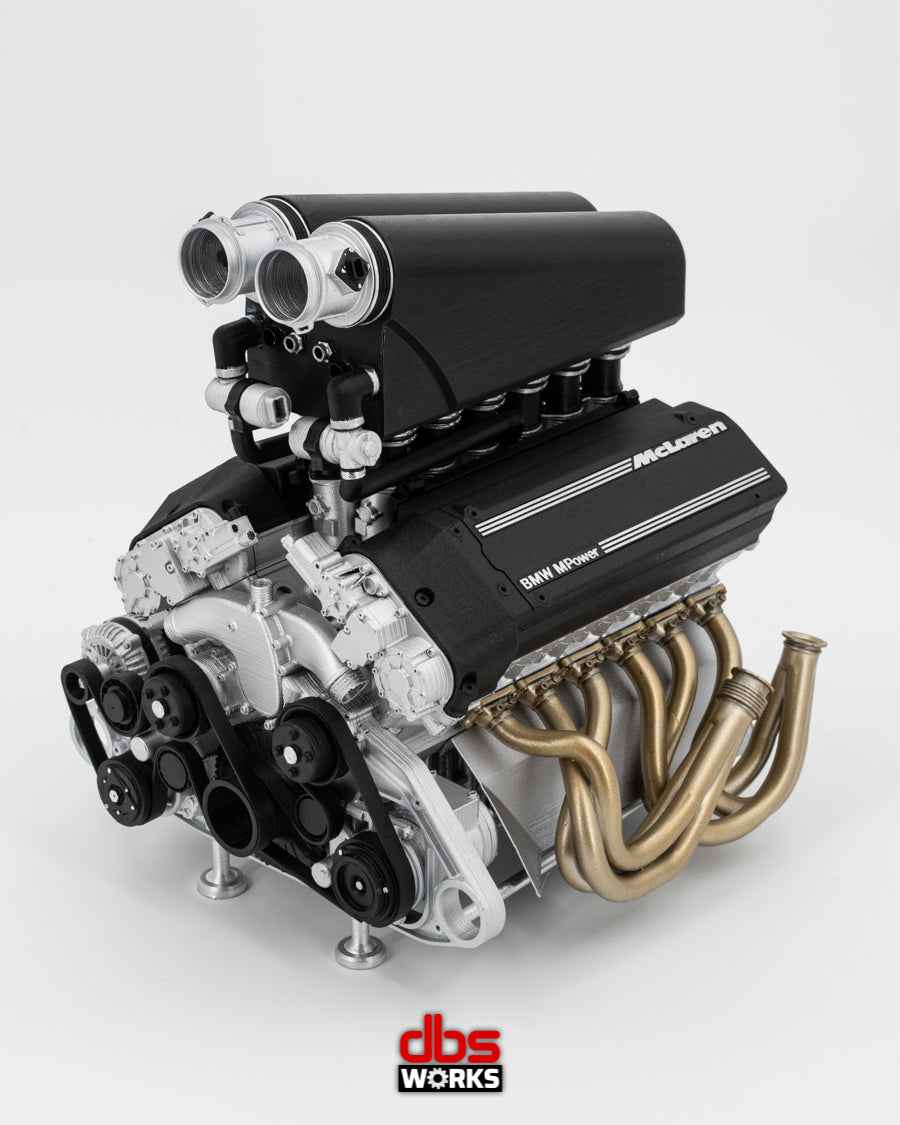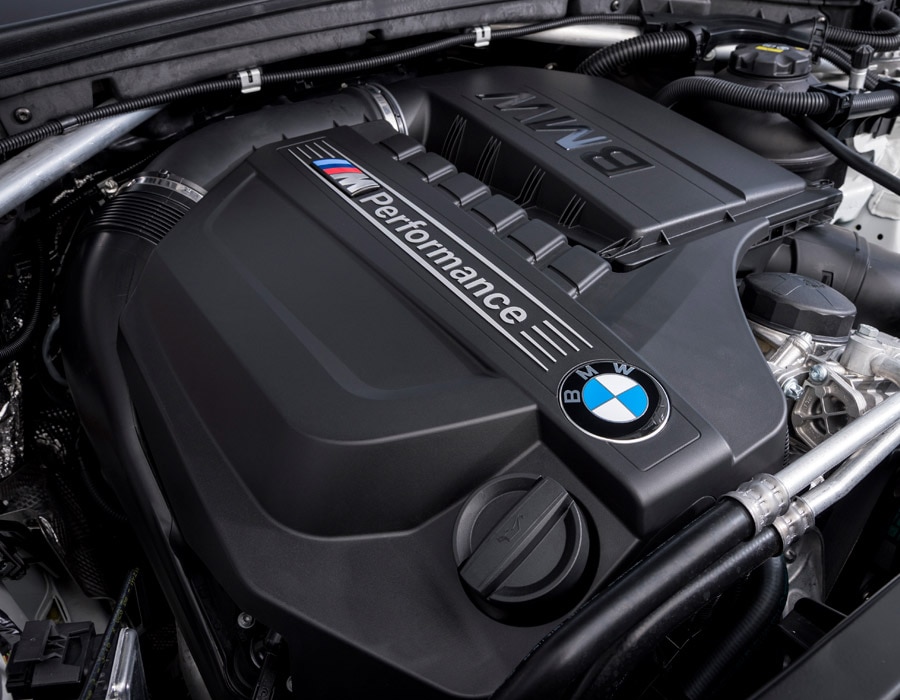The Duty of BMW Engine Design in Achieving Exceptional Fuel Effectiveness
The Duty of BMW Engine Design in Achieving Exceptional Fuel Effectiveness
Blog Article
Checking Out the Advancement of Burning Engines in Modern Transport Equipments
As we browse the landscape of modern transportation, the development of burning engines stands as a testimony to human resourcefulness and engineering prowess. From their simple beginnings to the advanced powerhouses pushing vehicles today, combustion engines have undergone a remarkable trip of development and adjustment. Comprehending the ins and outs of this advancement not only sheds light on the past but additionally leads the way for picturing what lies in advance in the realm of transport technology. The interaction of history, innovation, and environmental issues fit the trajectory of burning engines develops a narrative that is both informative and compelling.
Very Early Beginnings of Combustion Engines
Exactly how did the principle of combustion engines very first arise in the early phases of transportation advancement? The origins of combustion engines can be mapped back to the 17th century when the concepts of interior burning were first checked out.
The innovation moment included the invention of the very first effective gasoline-powered engine by Karl Benz in 1885 - bmw engine. This engine led the way for the growth of the modern car, changing transportation systems worldwide. Subsequent technologies by Nikolaus Otto and Gottlieb Daimler further fine-tuned burning engine modern technology, resulting in the automation of autos and the rapid growth of the transport sector
These very early burning engines were defined by their simplicity and performance, laying the foundation for the complicated and powerful engines used in contemporary transport systems. The development of combustion engines has been important fit the means we take a trip and transport goods, marking a considerable landmark in the history of transportation advancement.
Shift to Internal Combustion Modern Technology
The change to inner combustion technology noted a crucial shift in the evolution of transport systems. This change began in the late 19th century, with creators like Nikolaus Otto and Gottlieb Daimler developing the initial effective interior burning engines. These engines reinvented transportation by offering an extra effective and reliable option to steam engines and electric motors.
One of the vital benefits of internal burning engines was their capability to be scaled down to fit right into automobiles, resulting in the growth of motorcycles and vehicles. This change from cumbersome, fixed engines to portable, mobile ones led the way for the modern transport systems we see today.
The transition to inner combustion technology likewise spurred innovations in fuel modern technology, causing the development of gas and diesel as primary fuel resources for cars. This change not only made transport more obtainable to the masses but additionally laid the foundation for the oil and gas market to come to be essential to international economies.
Effect of Combustion Engines on Transportation
The fostering of burning engines in transportation systems catalyzed an extensive change in the efficiency and rate of international movement. Combustion engines changed transportation by supplying a reliable and flexible source of power for different lorries, including automobiles, vehicles, ships, and airplanes. This advancement dramatically boosted the capacity for people and goods to move over lengthy ranges in much shorter timespan, bring about increased connection in between areas and countries.
Furthermore, the widespread use combustion see this site engines has had a considerable influence on economic development. The ability to carry items effectively has actually stimulated trade and commerce, allowing services to increase their markets and get to customers worldwide. This has helped with economic growth and globalization, as items can currently be transported faster and in larger amounts than in the past.
Nonetheless, the ecological influence of burning engines can not be ignored. The combustion of nonrenewable fuel sources has actually brought about air contamination and greenhouse gas discharges, adding to climate adjustment and posturing health and wellness dangers to populations. bmw engine. As an outcome, there is an expanding emphasis on creating alternate propulsion modern technologies to alleviate these adverse impacts and create an extra sustainable future for transport
Advancements in Burning Engine Layout
Many improvements in burning engine layout have actually thrust the advancement of transportation systems over the years. One remarkable advancement is the advancement of turbocharged engines, which use exhaust gases to drive a turbine that compresses inbound air, enabling even more gas to be scorched, resulting in enhanced power result without a substantial rise in engine size. Additionally, direct view it now injection technology has actually enhanced gas efficiency and performance by exactly managing the quantity and timing of gas infused right into the combustion chamber. Variable valve timing systems have actually additionally revolutionized engine layout by optimizing air flow at various engine speeds, boosting both power and performance. Another considerable advancement is the assimilation of lightweight materials such as carbon fiber and light weight aluminum alloys, minimizing total engine weight and enhancing lorry gas economic situation. Innovations in computer-aided design have actually made it possible for engineers to optimize engine efficiency and efficiency with simulations before physical models are built, conserving time and sources in the development procedure. These technologies collectively add to the continual renovation of burning engines in modern-day transport systems.
Future Trends in Combustion Engine Growth
With technology innovations driving continual advancement, the future of burning engine advancement is poised to revolutionize transport systems around the world. One of the essential fads in combustion engine growth is the press towards better performance and minimized exhausts.
An additional popular fad is the fostering of hybrid innovations in combustion engines. Hybrid engines combine typical combustion modern technology with electric power, using boosted fuel efficiency and lower emissions. As the automobile industry shifts towards electrification, hybrid combustion engines are viewed as a transitional remedy that connects the void in between standard cars and totally electric ones.
Moreover, the integration of clever innovations, such as fabricated knowledge and data analytics, is anticipated to play a substantial role in the future of combustion engine advancement. These modern technologies can optimize engine performance in real-time, bring about extra effective burning processes and boosted overall automobile efficiency. Embracing these future fads will certainly not only drive development in burning engine development yet also add to a much more lasting and eco-friendly transport here ecosystem.

Conclusion
In final thought, the advancement of burning engines in modern transport systems has been marked by considerable developments in innovation and style. From the early beginnings of combustion engines to the transition to inner burning technology, these engines have actually had a profound influence on transportation. Advancements in burning engine layout proceed to drive development in this area, with future patterns concentrating on more boosting performance and lowering exhausts. The future of combustion engines in transportation looks encouraging as r & d efforts proceed to press limits.
The origins of burning engines can be mapped back to the 17th century when the principles of interior burning were very first checked out. These engines transformed transportation by supplying a more effective and effective choice to vapor engines and electrical motors.

Report this page